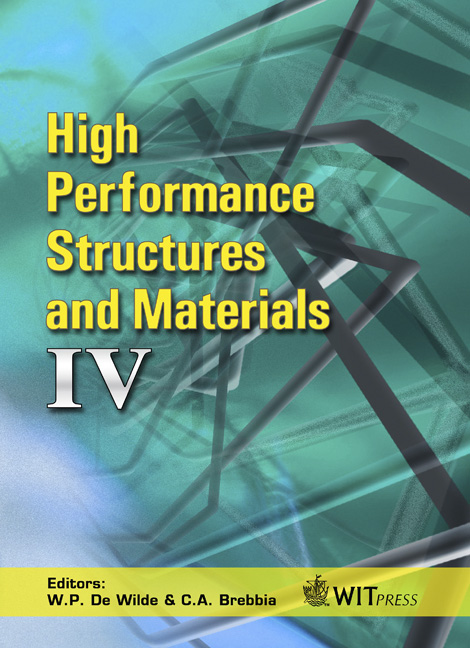Design Of A New High Energy Rear Underrun Protective Device
Price
Free (open access)
Transaction
Volume
97
Pages
11
Page Range
325 - 335
Published
2008
Size
1,056 kb
Paper DOI
10.2495/HPSM080341
Copyright
WIT Press
Author(s)
F. Cappello, T. Ingrassia & V. Nigrelli
Abstract
In recent years the vehicle design field has followed a progressive evolution by focusing its main interest on passive and active safety levels. One of the most injurious cases for the safety of passengers is the crash between a car and a heavy vehicle (truck). Generally, in fact, when such an occurrence happens, the greatest damage is suffered by the passengers of the car. This is because of the considerable structural difference between the two vehicles and the lack of devices to reduce the injuries of the car passengers. In this work, as a consequence of the previous considerations, we deal with the design of a new protective system for heavy vehicles over 3.5 tons. The new rear underrun protective device presented here, compared to the traditional one, can dissipate a greater amount of energy; this reduces the damage suffered by the passengers of a car involved in an impact with a truck. To simulate the behaviour of the new protective device during different kinds of crashes, dynamic finite element method (FEM) analyses have been carried out. The comparison between the new protective system and the standard one has shown that the new designed protective system has better performances in terms of energy absorption and peaks of decelerations. Keywords: RUPD, FEM, crash analyses. 1 Introduction Usually when a road accident between a car and a heavy vehicle happens, all the protection features for the occupants built into the car, such as seatbelts and airbags, have a reduced effectiveness. This because of the very big differences in geometry and stiffness between the two vehicles. The very large height of the truck, especially when the heavy vehicle is not equipped with a suitable
Keywords
RUPD, FEM, crash analyses.





